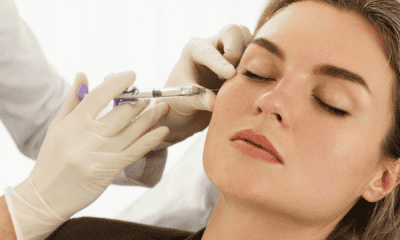A chemical peel, or derma-peeling, can effectively and dramatically improve the appearance of the face and skin for people who experience severe facial blemishes, wrinkles and uneven skin pigmentation.
Unlike over-the-counter creams and medications, which don’t treat the root of the problem, a chemical peel removes the skin’s damaged outer layers to improve its overall appearance and texture. Chemical peels are typically performed on the face, neck, and hands to reduce the appearance of wrinkles, sun damage, scarring, age spots, dark patches, freckles and acne.
How is a chemical peel performed?
Before the chemical peel treatment is performed, the skin is cleansed with an agent that removes excess oils. A chemical solution such as glycolic acid, trichloroacetic acid, salicylic acid, lactic acid or carbolic acid is then applied to the skin, causing a layer of the skin to peel off. A desired result may take several chemical peel treatments.
How do I treat my skin after a chemical peel?
After a chemical peel treatment, it is important to wear sunscreen, since the skin will be much more sensitive to the sun. Most doctors will recommend a prescription cream or solution that will protect the skin from the sun’s harmful rays.
Can anyone perform a chemical peel?
Although a medical degree is not required to perform a chemical peel, you should look for a doctor who has extensive training and expertise in skin rejuvenation treatment. It is also important that patients discuss their desired outcome, expectations, and concerns with their doctor, as well as disclose any allergies and past and present medical conditions that may affect the treatment.
A chemical peel can enhance the appearance of the skin damaged by age, sun exposure, or acne, especially when common drugstore treatments are not enough. However, you should make sure to consult with a professional and get all your questions answered before choosing to undergo a chemical peel treatment.













Facebook
Twitter
Instagram
YouTube
RSS